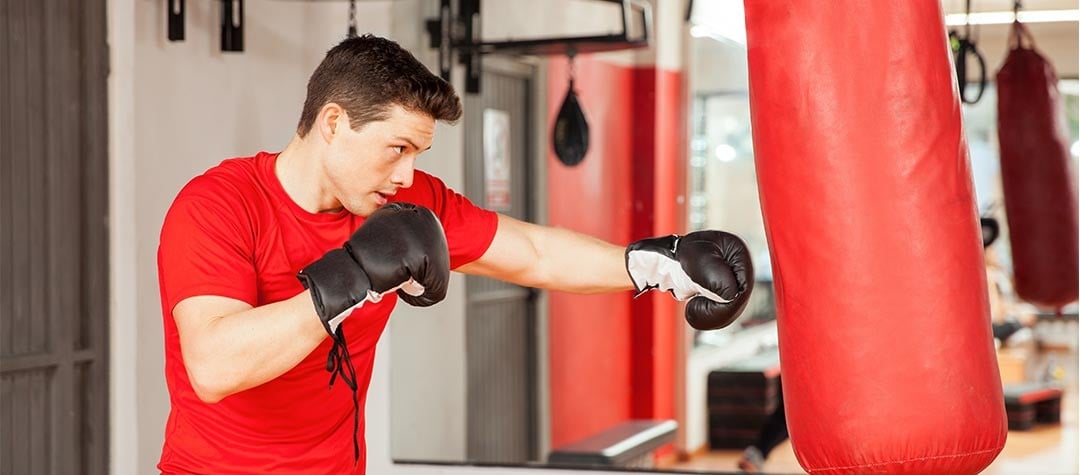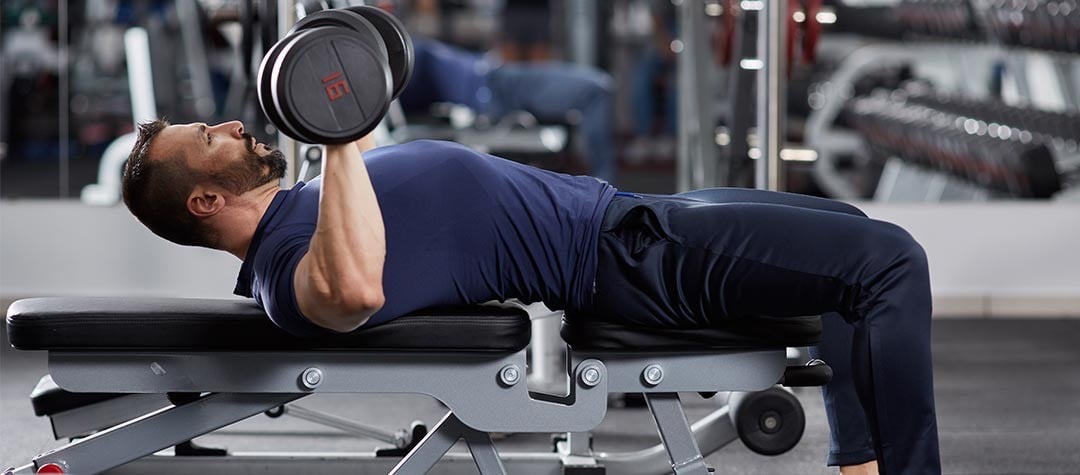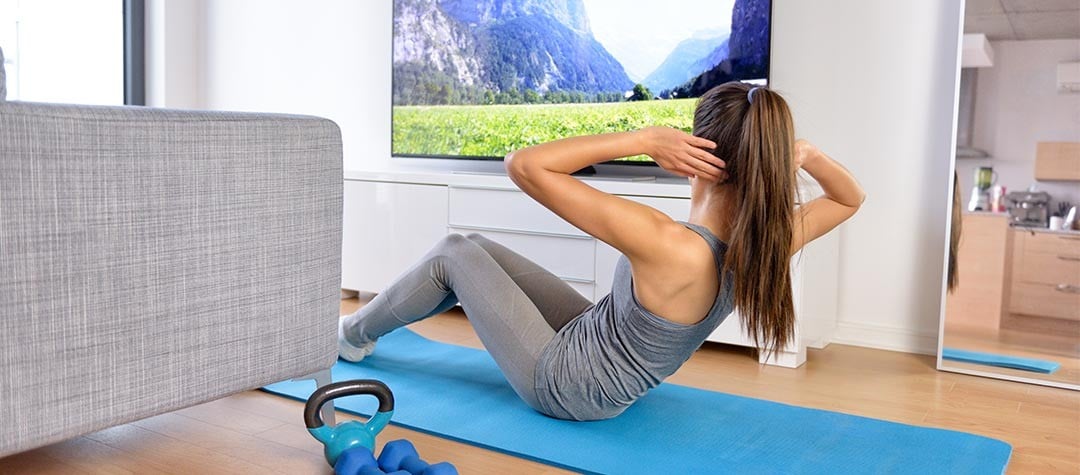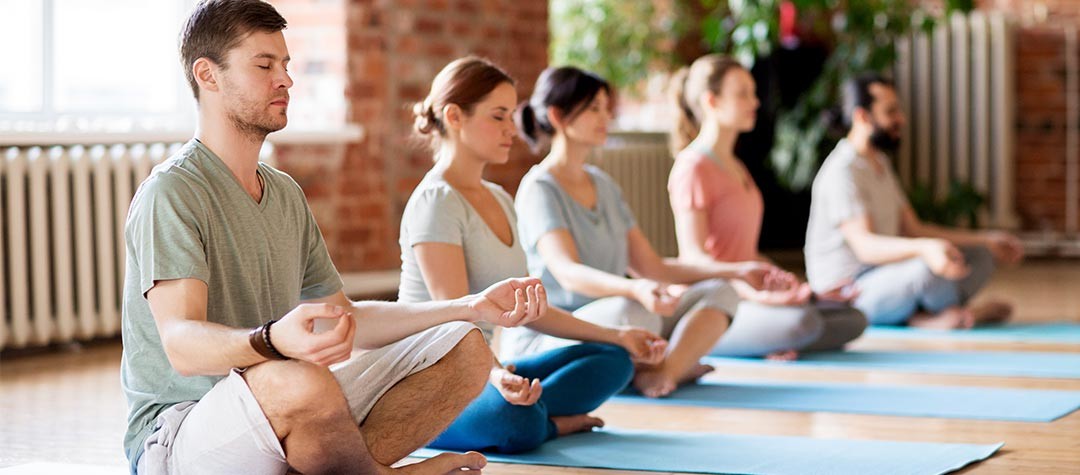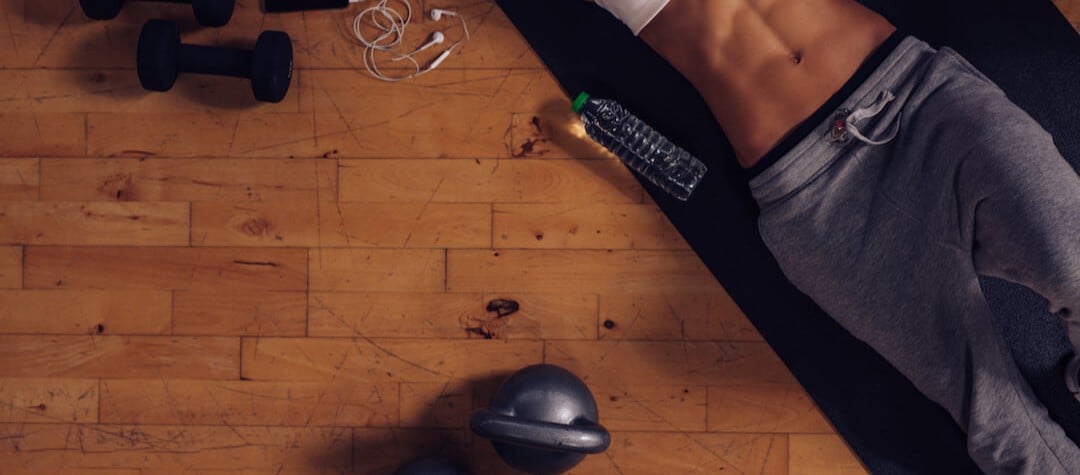Learning how to walk with the correct posture can go a long way towards helping you reach your fitness goals. Here’s our guide to the perfect walking technique.
You'd think it was the most natural thing in the world, yet the walking technique of many of us leaves a lot to be desired. You may be slightly incredulous at the prospect of being told just how to do an activity you’ve been doing since you were a year or so old. But fact is there is an element of good technique in walking that will enable you to go faster and further and enhance your posture.
A few tips to help improve your walking technique:
Head
Don’t look down when walking — look ahead (especially when walking up hills). Also make sure that you don’t crane your neck forward, a posture we often adopt when we are in a hurry.
Shoulders
When walking keep the shoulders relaxed and allow the arms to move fluidly. Try shrugging them once before you start to ensure they aren’t hunched and tense. Holding the shoulders and arms tense disconnects the arms from the walking action, which is not what you want.
Arms
Using your arms properly during walking increases energy expenditure by five to ten per cent. If you are walking at a leisurely pace, the arms should be relaxed and slightly bent. As you speed up, the arms should be bent close to 90 degrees, and should move forward and back in a straight plane, rather than crossing the body (known as ‘chicken winging’!) Your arms will help you go faster. Don’t overdo the arm action though - there’s no need for your hands to be swinging level with your face. They should stop around sternum height. Hands should be relaxed but not floppy, and don’t clench your fists.
Back
The back should be straight as you walk, allowing for its natural curves — so you shouldn’t be leaning backwards or forwards. That said, a slight forward lean on hill climbs is acceptable.
Abdominals
Keep your navel gently contracted to your spine as you walk — imagine you have done up buttons from your pubic bone to your bellybutton, holding in the whole area between. But remember - don’t hold your breath!
Pelvis and ribcage
Keep some distance between the bottom of the ribcage and the top of the pelvis. Imagine you are leading from the sternum as you walk, to keep the chest open and the ribcage slightly forward. Also imagine that your pelvis is a bucket of water, and you are aiming not to spill any, while avoiding tipping it forward or back.
Legs
Imagine your legs start at your waist, not your groin, and really extend them with each walking step.
Knees
The knee bends as the leg pulls through to strike the ground. Don’t clench your knees by tightening the thigh muscles or lifting the knees too high.
Ankles and feet
Try to walk with loose ankles. Imagine your foot is dangling rather than rigid between foot strikes. It is much easier to do this barefoot than in shoes or boots, but it is important as the ankle and knee joints work synergistically, so rigid ankles have a detrimental effect on the knees. As for the feet, the heel strikes the ground first, then as the body moves forward, you roll through to push off from the ball of the foot and toes.
So, when you are on your next walk, really think about your posture. We know there’s a lot to contemplate at once, especially if you are new to the routine. But even concentrating on each particular aspect one at a time will enhance your overall form. And soon enough your whole body will master the perfect walking technique.










